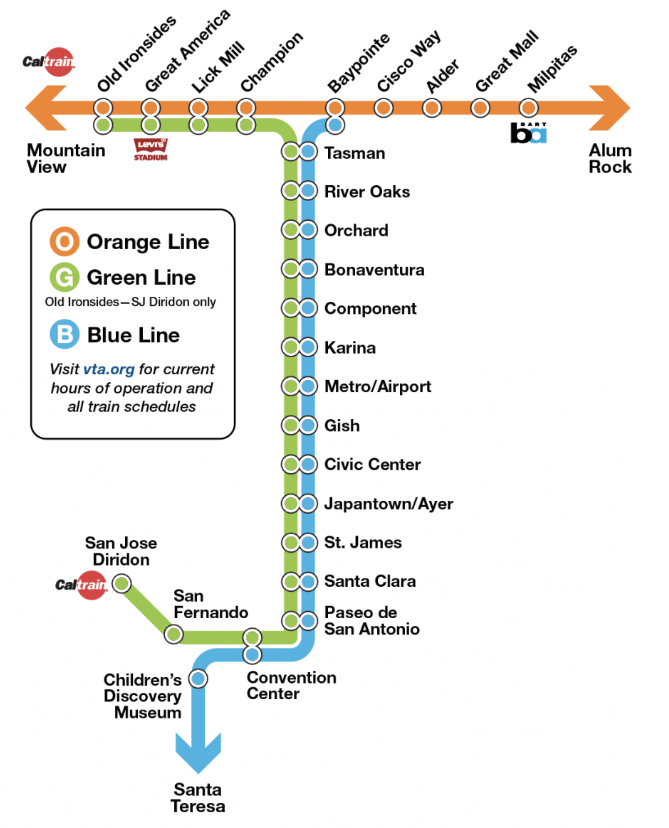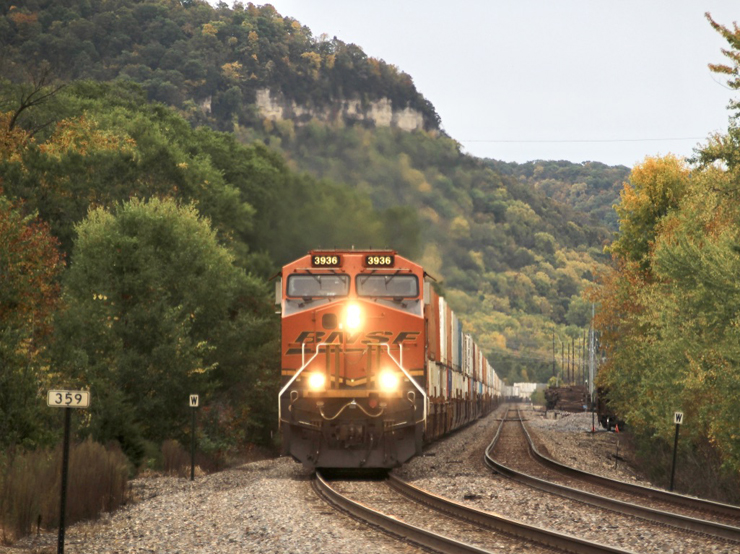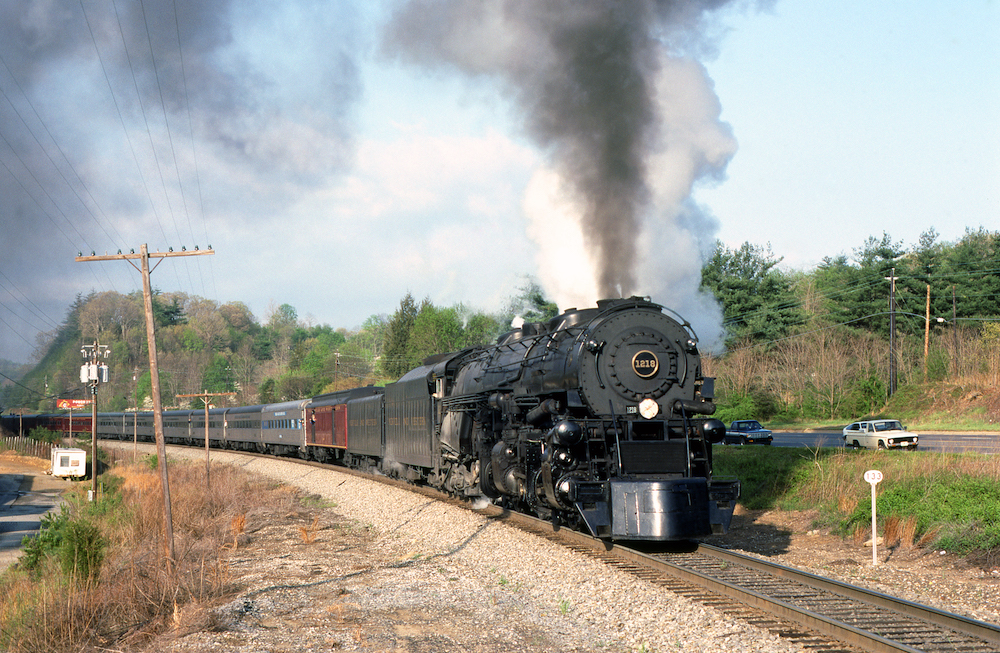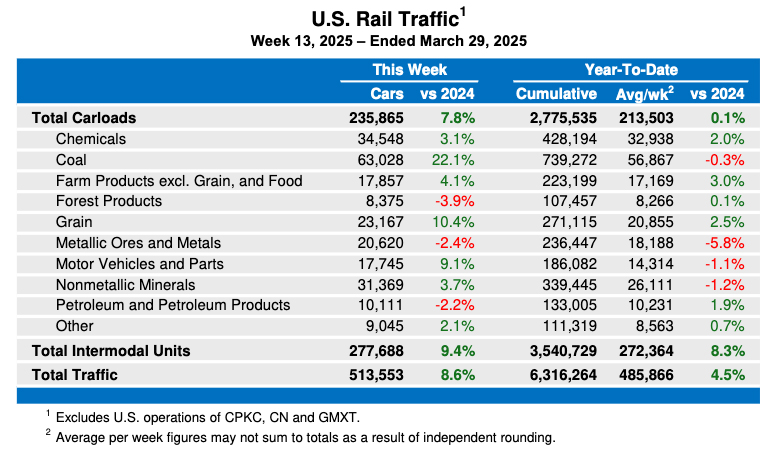Lionel Corporation Tinplate O gauge Nos. 256 electric locomotive and 700-series passenger cars from MTH
Locomotive price: $499.95 (no. 11-6061-1) Min. Curve: O-31 Speed range: 3 smph to 65 smph Drawbar pull: 1 lb., 2 oz. Features: Two flywheel-equipped can-style motors, stamped-steel construction, latch couplers, ProtoSound 3.0 sound and DCS command control.
Passenger three-car set: $399.95 (No. 11-80059) Min. Curve: O-31 Features: stamped-steel construction, latch couplers, interior lighting.
Nothing says toy trains quite like the colorful prewar tinplate creations by Lionel, Ives, Marx, and others. Although lacking the finer detail of postwar offerings, the simple sheet-metal bodies of the locomotives and rolling stock from that earlier era have a wonderfully rugged charm.
The latest offering from MTH Electric Trains’ Lionel Corporation Tinplate line is the prewar-style No. 11-80059 electric boxcab locomotive in Milwaukee Road colors and matching No. 11-80059 three-car passenger set. Although both the engine and cars have been in the reproduction lineup for several years, this is the first time the models have been offered in the maroon and orange colors reminiscent of the Milwaukee Road’s Olympian Hiawatha.
Engine in the lead
The No. 256 locomotive is a two-motored electric engine. First released by Lionel in 1924, the 256 has a styling reminiscent of the Milwaukee Road’s EF1 and EP1 boxcab electrics built by General Electric in 1915. Although Lionel did not offer a Milwaukee Road version during the engine’s prewar run from 1924 to 1930 (the actual Hiawatha made its debut in 1935), the engine mimics the brutish brick-shape of the prototypes well.
The locomotive’s bright-colored body is bracketed by a glossy-black roof on top and frame on the bottom. Plenty of polished brass windows, trim, manually operated pantographs, and piping complete the locomotive’s decoration. There are the usual brass stanchions on the front and back, in addition to white “running extra” metal flags.
The locomotive is equipped with two powerful can-style motors, one mounted on each truck, and it includes a set of traction tires as well. I tested the locomotive with MTH’s DCS Remote Commander and a no. Z-1000 power supply. It will also run with a conventional AC power supply, but activating the sounds that way can be cumbersome, as it requires pressing the bell and whistle buttons in various combinations.
I ran the locomotive with its three-car train and then used it to haul a dozen tinplate freight cars around an oval with O-36 curves. Being that the rolling stock is fairly short (12 inches from coupler to coupler), the train will negotiate O-31 curves, but looks much better on wider curves, such as O-48.
The engine features MTH’s ProtoSound 3.0 and includes the usual array of running, idling, and crew-chatter sound effects. The station-stop sequence is specific for the Olympian Hiawatha and great fun to activate periodically after several laps around the layout. I found the speaker on our sample rattled components within the sheet-metal body. Even at half-volume, the window frames buzzed and rattled when the whistle or bell sounded.
Passenger accommodations
MTH also offers a matching three-car train of Hiawatha-decorated no. 700-series passenger cars as a separate set. It includes two No. 710 Pullman cars and a No. 712 observation. Although not part of this review, a No. 713 baggage car (No. 11-80060) and additional 710 Pullman (no. 11-80061) are available as separate-sale items for anyone wishing to assemble a longer train.
The cars feature sheet-metal shells and trucks. They are painted in the same glossy orange, maroon, and black as the locomotive and also have polished brass details. The windows have glazing and include simulated stained-glass upper window panels.
The coach interiors are illuminated by a single bulb that draws power from pickups mounted on both trucks. The cars have no interior detail and look a bit empty; admittedly, once the Hiawatha gets up to track speed it is difficult to see inside the cars anyway.
Fun to run
Lionel and MTH have been producing replicas of many of the classic prewar trains for many years, and they have a dedicated following among collectors and operators alike. And what’s not to love about taking shiny, colorful prewar body styles and installing modern can-style motors, command control, and digital sound. This new generation of tinplate trains has become as fun to operate as it is to collect. The Olympian Hiawatha is no exception. All aboard for Tacoma!














